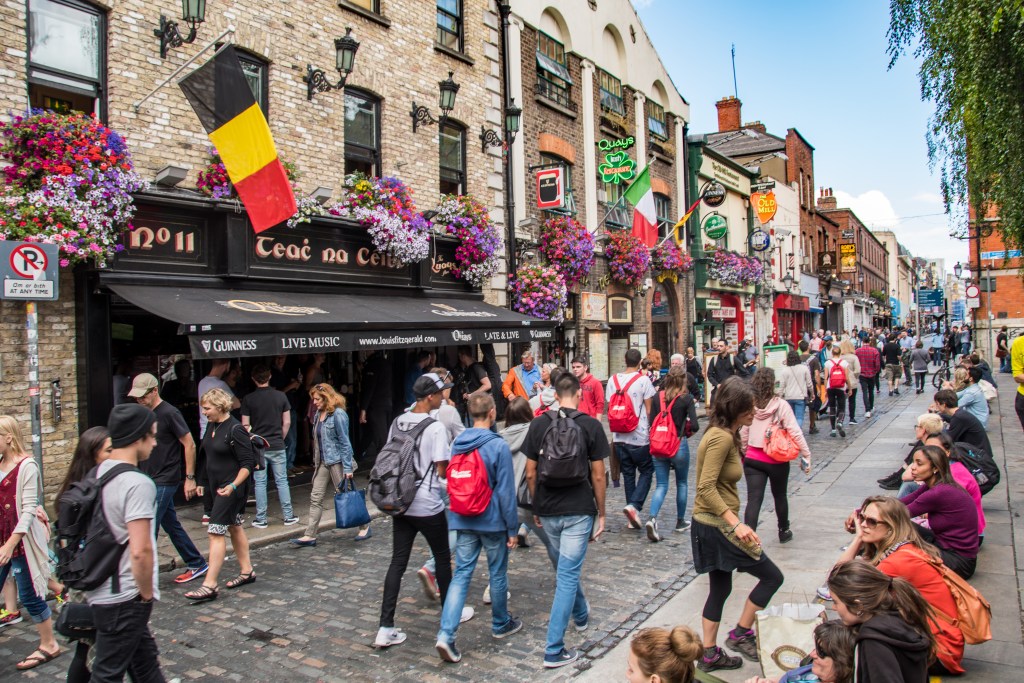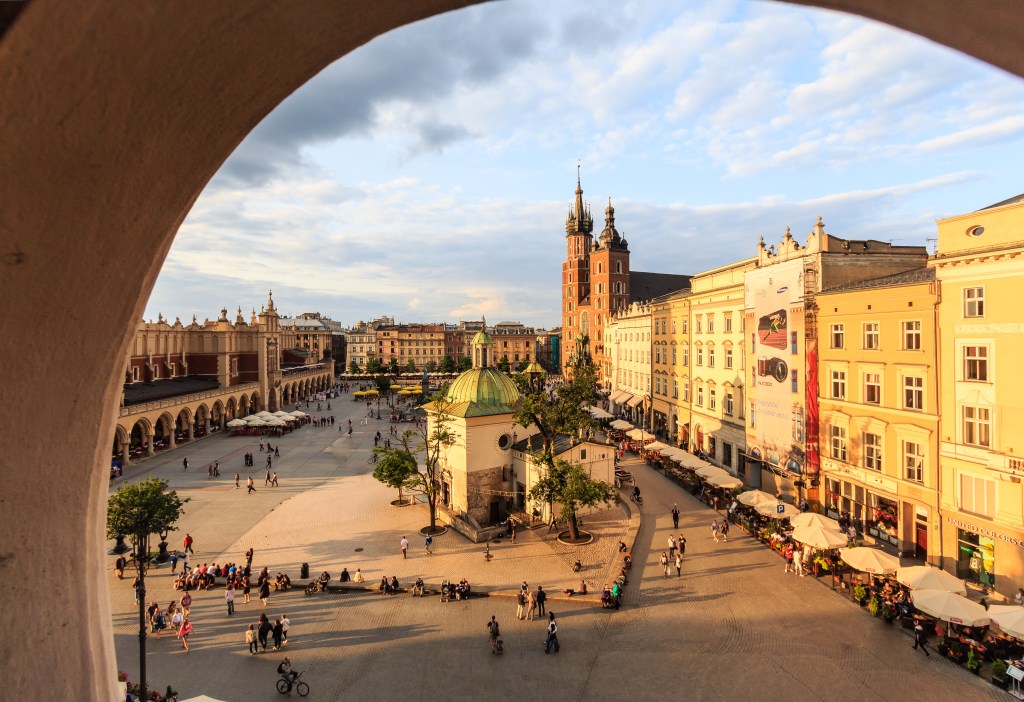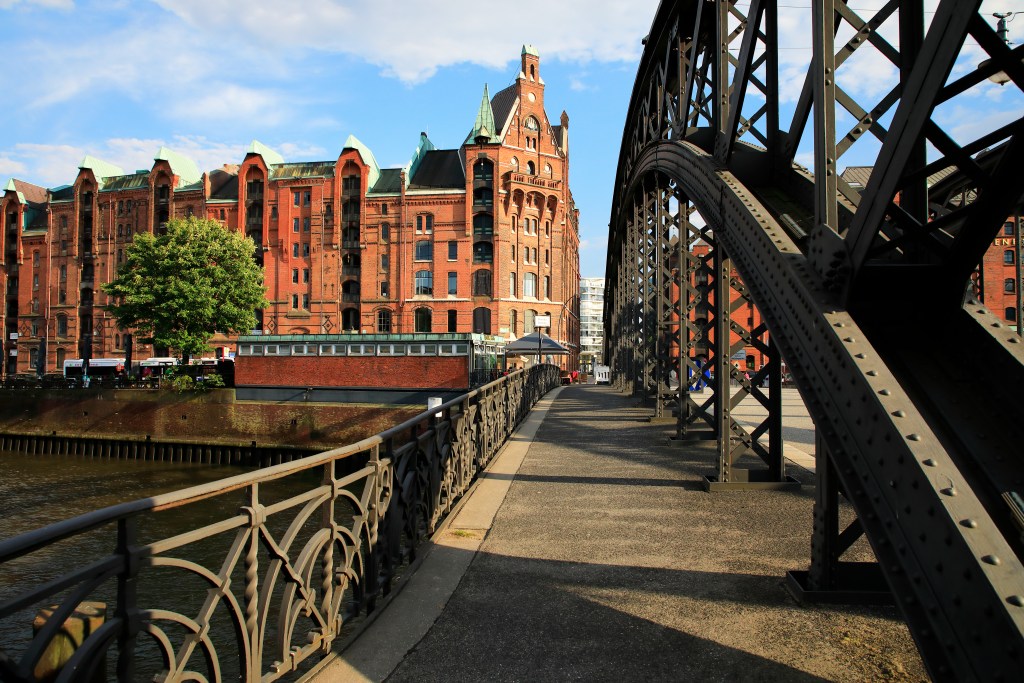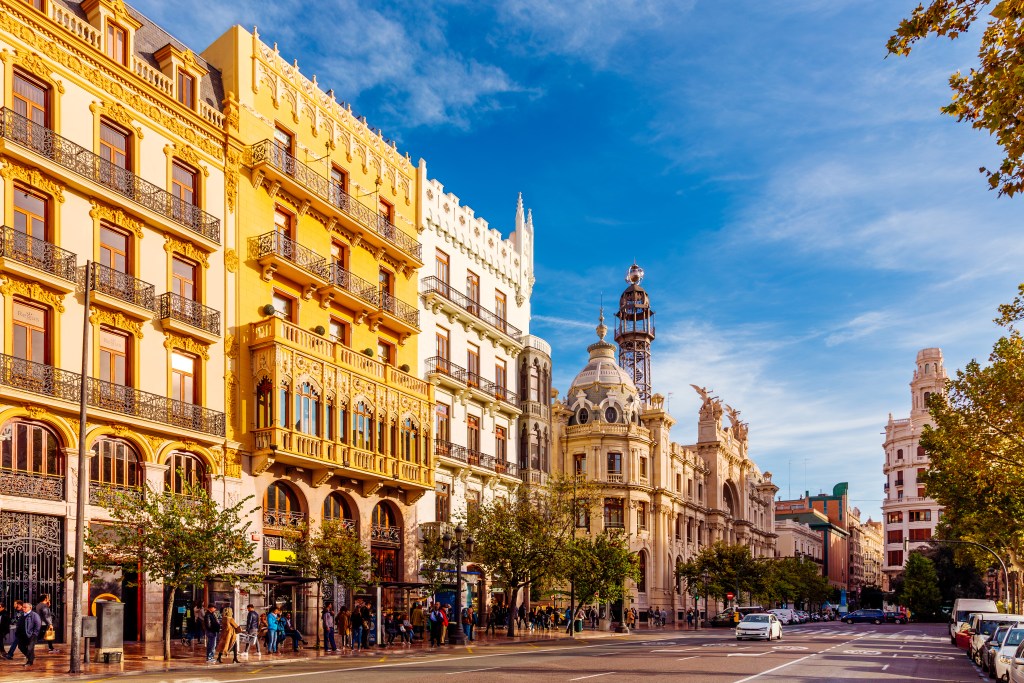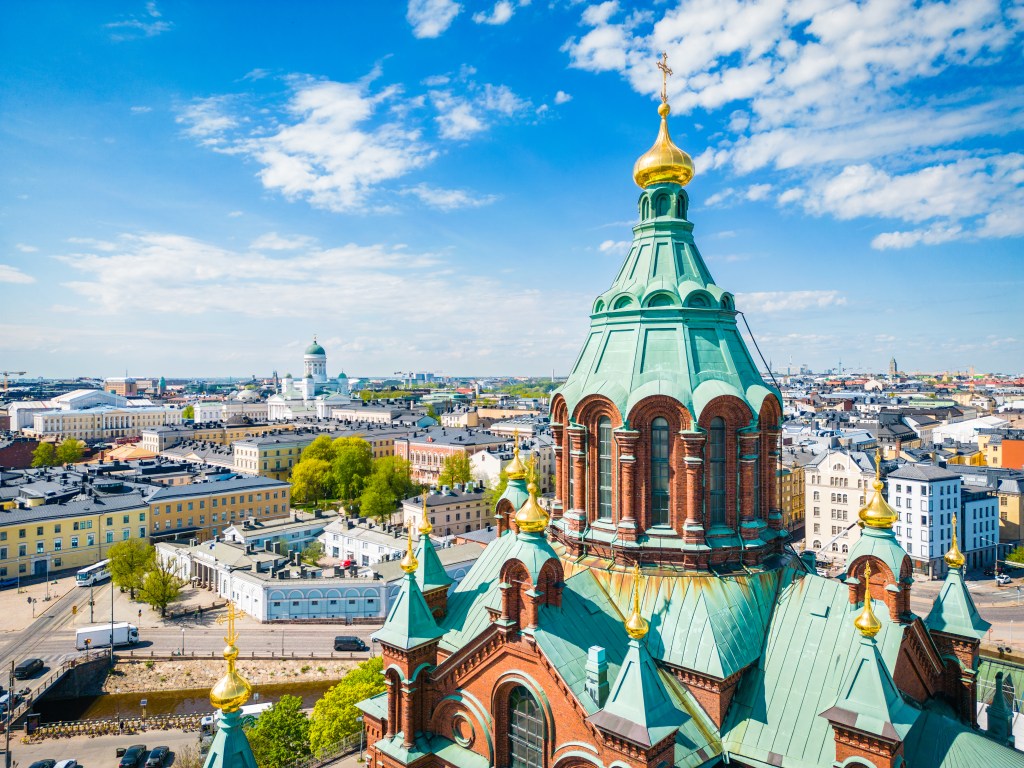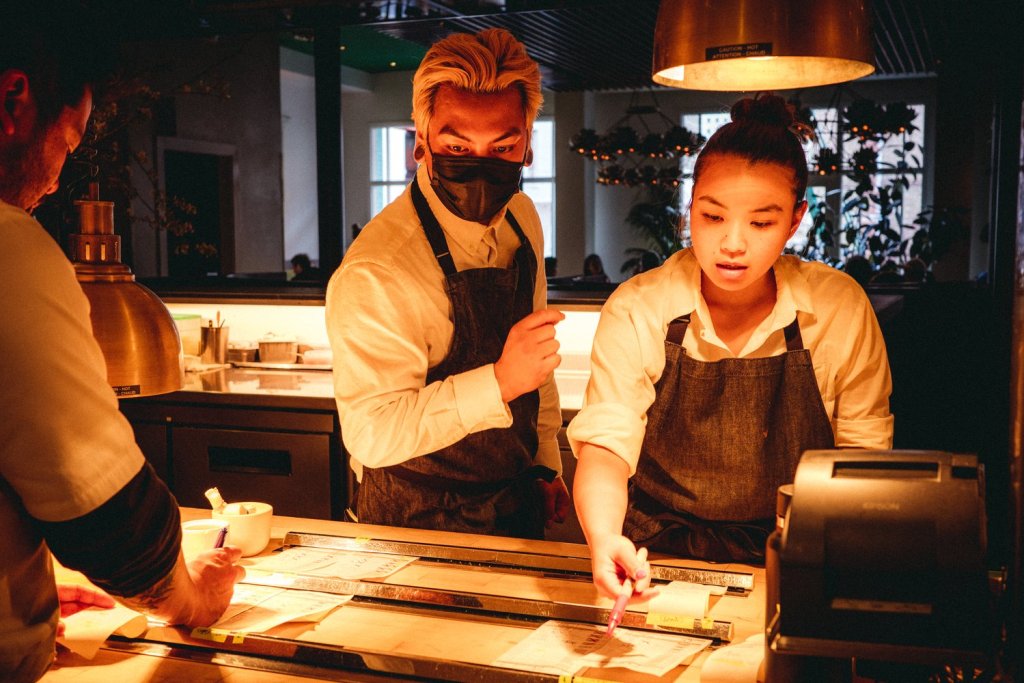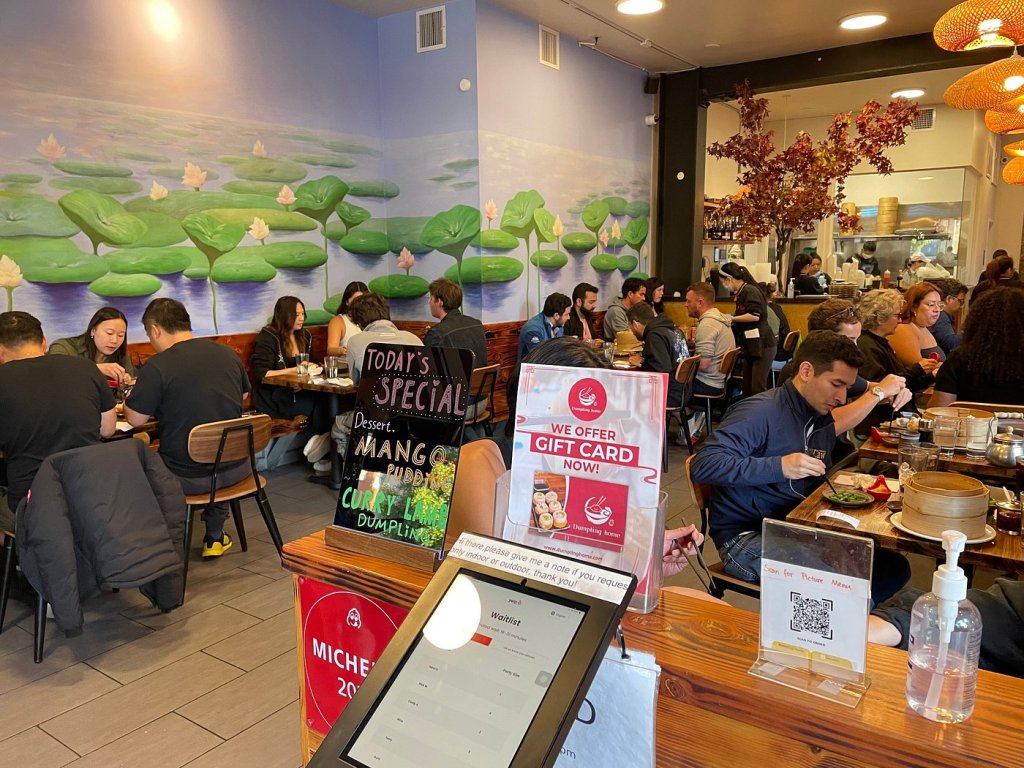I don’t consider myself a big drinker—but that changes when I hit the road.
Travel is the perfect time to explore new delicacies and push our palates to new limits, which includes trying out unique brews, special liquors, and more.
While many places around the world don’t have a particular affinity for alcohol (usually for religious and cultural reasons), some destinations are actually well-known for their specialty liquors, brews, and cocktails.
Some cocktails, like the piña colada and sex on the beach, are specifically associated with travel that revolves around sun, sand, and swimming.
Off the top of my head, I can name my favorite drinks that are associated with specific regions and cities; Poland’s soplica, a brand of flavored vodka, and Spain’s obsession with Vermouth—particularly here in Catalonia where I live.
But the most ingrained booze experience I ever had was in Ireland. Irish whiskey is a big deal for a few reasons—and I don’t have the time to dive deep into that legacy right now. From its history to its modern production methods to its economic impact, it’s important.
The world’s most popular and well-known distilleries can be found in Ireland, along with Scotland—and they regularly drive tourists across the Pond, eager for a taste of the Real Deal.
That being said, plenty of Irish and Scottish immigrants made their way to the United States and into Appalachia. Sheltered in the hollers of Kentucky and Tennessee, they set up their stills and founded the United States’ bourbon and whiskey legacies.
Though American whiskey isn’t as highly regarded as its Irish and Scottish predecessors, some whiskey experts hold American distilleries in high regard.
In fact, the founder of The Whisky Masters, Daniel Ufland, has two spots listed in his list of the Top 10 Whisky Distillery Tours Around the World.
Here’s how to visit Ufland’s two American selections, Jack Daniel’s Distillery in Lynchburg, Tennessee, and Maker’s Mark Distillery in Loretto, Kentucky.
Visiting the Jack Daniel’s Distillery
Lynchburg, Tennessee
With almost 8,000 reviews and a five-star rating from TripAdvisor, it’s not hard to see why Ufland listed Jack Daniel’s Distillery Tour as No. 5 on his list. You get a pretty full-scope view of the start of Jack Daniel’s, including the historical conditions that led to distilling in a dry county.
But history is just the tip of the iceberg.
When you take the tour, you also get to explore the headquarters of this booming company. You can see how they distill Jack Daniel’s whiskey and even take a closer look at the 114 barrel house where its mash liquor is aged to perfection.
So, how can you visit?
The catch? Lynchburg is nearly eight hours away from Nashville, the closest hub, by car. That means it’s not exactly a cute little day trip down south.
If you’re heading to Nashville and are hell-bent on taking the tour without driving yourself insane (get it?), you can also look into tours that take you to Lynchburg—some include other whiskey-tasting stops, which make it worth your while.
Visiting the Maker’s Mark Distillery
Loretto, Kentucky
Fun story time: I went to an all-girls Catholic high school in St. Louis, Missouri that was founded by the Sisters of Loretto—the very same Catholic order that founded this town in Kentucky. A little ways north sits the town of Nerinx, which my high school was named after.
Unfortunately, they didn’t serve Maker’s Mark whiskey at my high school—though I did make up for lost time in my early twenties.
Weird factoids about my life aside, Maker’s Mark Distillery produces the US’s most well-known bourbon. Despite the fact that this is a global brand, its bourbon whiskey is still produced in small batches.
And its tour offerings let you explore Maker’s Mark at your own pace.
The traditional distillery tour dives deep into the bourbon’s history, along with its modern distilling techniques. But I’d personally go for an event like the Burns Night Supper, which draws on the legacy of Scottish poet Rabbie Burns. Think: haggis, bagpipes, poetry, revelry, and bourbon.
On top of these memorable offers, you can also go on a whiskey creek walking tour, explore the farm, learn more about how bourbon is produced, and more. I had no idea whisky distilleries could be so artisanal.
So, how can you visit?
Loretto is reachable from Louisville and Lexington, making the Maker’s Mark Distillery Tour a little more accessible than Jack Daniel’s. The drive from Louisville takes just over an hour; the drive from Lexington is more like an hour and a half.
That makes it easier to bundle in a day trip to and from one of these hubs. Just make sure that you’re not slamming bourbon during the tour if you plan on heading back home.
Personally, I’d just hang up my hat for the night. And possibly the next day, depending on how much bourbon I drink.
